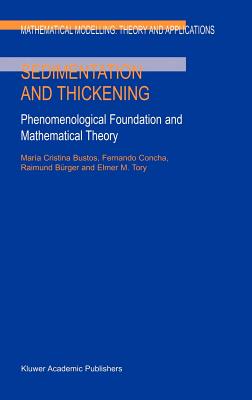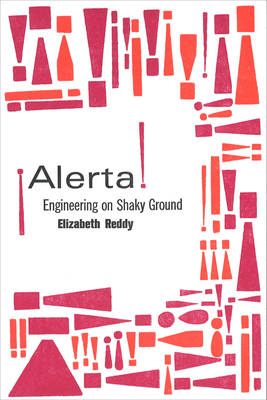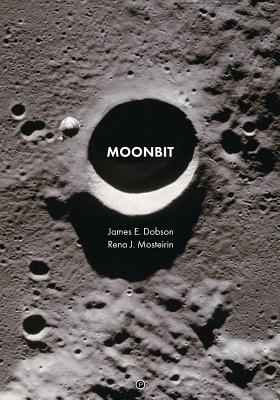
Sedimentation and Thickening: Phenomenological Foundation and Mathematical Theory (Mathematical Modelling: Theory and Applications #8)
Description
The aim of this book is to present a rigorous phenomenological and mathematical formulation of sedimentation processes and to show how this theory can be applied to the design and control of continuous thickeners. The book is directed to stu- dents and researchers in applied mathematics and engineering sciences, especially in metallurgical, chemical, mechanical and civil engineering, and to practicing en- gineers in the process industries. Such a vast and diverse audience should read this book differently. For this reason we have organized the chapters in such a way that the book can be read in two ways. Engineers and engineering students will find a rigorous formulation of the mathematical model of sedimentation and the exact and approximate solutions for the most important problems encountered in the laboratory and in industry in Chapters 1 to 3, 7 and 8, and 10 to 12, which form a self-contained subject. They can skip Chapters 4 to 6 and 9, which are most important to applied mathematicians, without losing the main features of sedimentation processes. On the other hand, applied mathematicians will find special interest in Chapters 4 to 6 and 9 which show some known but many recent results in the field of conservation laws of quasilinear hyperbolic and degenerate parabolic equations of great interest today. These two approaches to the theory keep their own styles: the mathematical approach with theorems and proofs, and the phenomenological approach with its deductive technique.




























